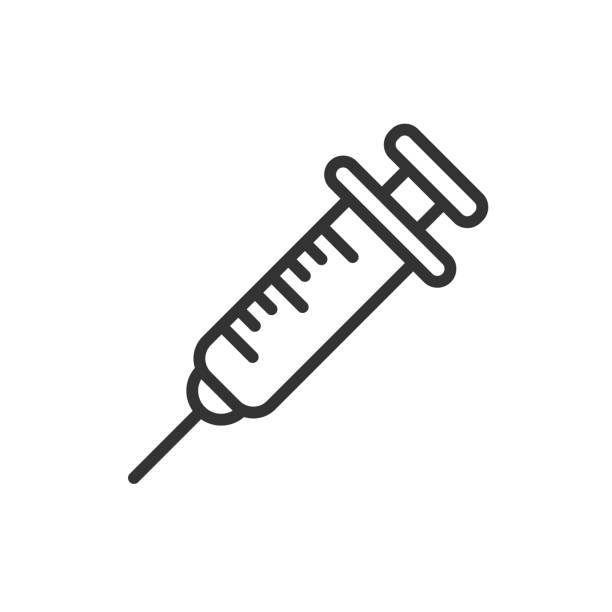Ceftazidime + Avibactam
Indications
This is indicated in adults and paediatric patients aged 3 months and older for the treatment of the following infections:
- Complicated intra-abdominal infection (cIAI)
- Complicated urinary tract infection (cUTI), including pyelonephritis
- Hospital-acquired pneumonia (HAP), including ventilator associated pneumonia (VAP)
Treatment of adult patients with bacteraemia that occurs in association with, or is suspected to be associated with, any of the infections listed above. This is also indicated for the treatment of infections due to aerobic Gram-negative organisms in adults and paediatric patients aged 3 months and older with limited treatment options. Consideration should be given to official guidance on the appropriate use of antibacterial agents.
Pharmacology
Ceftazidime inhibits bacterial peptidoglycan cell wall synthesis following binding to penicillin binding proteins (PBPs), which leads to bacterial cell lysis and death. Avibactam is a non β-lactam, β-lactamase inhibitor that acts by forming a covalent adduct with the enzyme that is stable to hydrolysis. It inhibits both Ambler class A and class C β-lactamases and some class D enzymes, including extended-spectrum β-lactamases (ESBLs), KPC and OXA-48 carbapenemases, and AmpC enzymes. Avibactam does not inhibit class B enzymes (metallo-β-lactamases) and is not able to inhibit many class D enzymes.
Dosage And Administration
It is recommended that this should be used to treat infections due to aerobic Gram-negative organisms in adults and paediatric patients aged 3 months and older with limited treatment options only after consultation with a physician with appropriate experience in the management of infectious diseases.
- Complicated intra-abdominal infection: 2 g/0.5 g, every 8 hours for 5-14 days.
- Complicated urinary tract infection (cUTI), including pyelonephritis: 2 g/0.5 g every 8 hours for 5-10 days.
- Hospital-acquired pneumonia (HAP), including ventilator associated pneumonia (VAP): 2 g/0.5 g Every 8 hours for 7-14 days.
- Bacteraemia associated with, or suspected to be associated with any of the above infections: 2 g/0.5 g Every 8 hours. Duration of treatment should be in accordance with the site of infection.
- Infections due to aerobic Gram-negative organisms in patients with limited treatment options: 2 g/0.5 g Every 8 hours. Guided by the severity of the infection, the pathogen(s) and the patient’s clinical and bacteriological progress.
Contraindications
Hypersensitivity to the active substances or to any of the excipients. Hypersensitivity to any cephalosporin antibacterial agent. Severe hypersensitivity (e.g. anaphylactic reaction, severe skin reaction) to any other type of β-lactam antibacterial agent (e.g. penicillins, monobactams or carbapenems).
Side Effects
severe allergic reactions: signs include sudden swelling of your lips, face, throat or tongue, a severe rash or other severe skin reactions, difficulty swallowing or breathing. This reaction may be life-threatening. diarrhoea that keeps getting worse or does not go away, or stools that contains blood or mucus-this may happen during or after treatment is stopped with this combination. If this happens do not take medicines that stop or slow bowel movement.
Pregnancy And Lactation
Animal studies with ceftazidime do not indicate direct or indirect harmful effects with respect to pregnancy, embryonal/foetal development, parturition or postnatal development. Animal studies with avibactam have shown reproductive toxicity without evidence of teratogenic effects. Ceftazidime/avibactam should only be used during pregnancy if the potential benefit outweighs the possible risk. Ceftazidime is excreted in human milk in small quantities. It is unknown whether avibactam is excreted in human milk. A risk to newborns/infants cannot be excluded. A decision must be made whether to discontinue breast feeding or to discontinue/abstain from ceftazidime/avibactam therapy taking into account the benefit of breast feeding for the child and the benefit of therapy for the woman.
Precautions And Warnings
This medicinal product does not require any special storage conditions. Store in the original package in order to protect from light.
Use in special populations
Elderly: No dosage adjustment is required in elderly patients.
Renal impairment: No dosage adjustment is required in patients with mild renal impairment.
Storage Conditions
Keep below 30°C temperature, away from light & moisture. Keep out of the reach of children.
